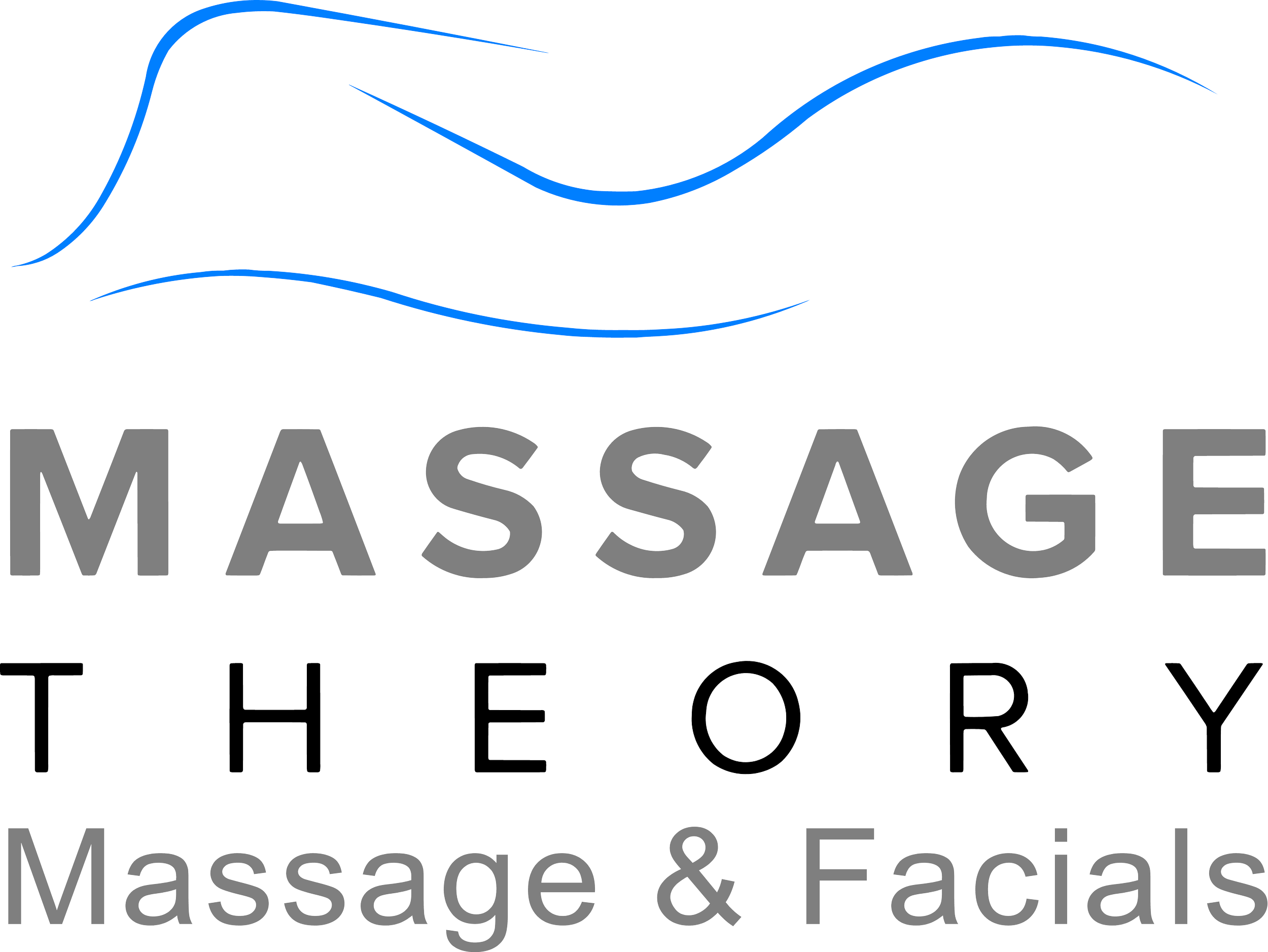The Benefits of Massage Therapy for Chronic Pain and Rehabilitation
If you suffer from chronic pain or have recently completed physical therapy, massage may have many advantages for you. But its popularity still raises some questions about its workings; here's what we know so far.
Massage therapy has both localized effects that address pain at the time of application and systemic effects that extend beyond the tissue or process being treated. Examples include descending modulation, which may reduce pain signals.
Top Benefits of Using Massage Therapy for Chronic Pain and Rehabilitation
Increased Blood Circulation
Massage therapy can increase blood flow to muscles that are tight, injured, or deconditioned. This can provide comfort and reduce inflammation in the affected areas.
The massage technique uses pressure and friction to flush out lactic acid and improve lymph fluid circulation, which carries metabolic waste away from muscles, organs, and body tissues. This helps prevent disease and toxins from building up in these same tissues.
Additionally, oxygen-rich blood is brought to damaged and tense muscle fibers, aiding in faster healing.
Massage not only increases circulation, but it can also relax your nervous system and reduce stress by decreasing cortisol (the stress hormone). Furthermore, scientists believe massage blocks pain messages from reaching the brain through what researchers call "gate control." This theory could potentially aid in combatting chronic pain syndromes like fibromyalgia or arthritis.
Increased Tissue Temperature
Massage therapy has the ability to raise body temperature and is especially helpful prior to engaging in strenuous physical activity. This promotes blood flow to muscles, increases range of motion, and decreases pain or stiffness.
Our bodies possess specialized receptors that respond to thermal, mechanical, and chemical stimuli sent to the central nervous system. The brain processes these messages and interprets them for pain sensitivity.
Nociception is the physiological process responsible for chronic pain in some individuals.
Research has demonstrated the therapeutic effects of massage on pain levels in various conditions such as fibromyalgia and arthritis. Not only that, but it can also reduce stress levels and promote better sleep patterns.
Reduced Stress Levels
Stress is a frequent trigger of mental disorders and can lead to numerous health issues, such as heart disease, high blood pressure, poor digestion, and chronic pain. Massage therapy helps reduce stress by slowing your heart rate, inducing relaxation, and releasing feel-good hormones.
Friction on the skin promotes increased circulation, which delivers more nutrient-rich oxygen and eliminates waste products, relieving tension. Furthermore, it may assist with pain management and reduce inflammation.
Studies have demonstrated that patients with fibromyalgia who receive myofascial release therapy experience improved sleep, quality of life, and physical function.
Post-surgical patients are often plagued by chronic pain, which can significantly hinder their recovery process and extend hospital stays and expenses. An increasing body of research supports the use of massage therapy for post-surgical pain management.
Massage can also be used to treat a range of injuries, such as sports injuries and back pain. Increased blood flow to the muscle helps promote natural regeneration and helps guard against future harm.
Increased Endorphin Levels
Endorphins are feel-good chemicals produced by your hypothalamus and pituitary glands that help you feel good and reduce pain. You can release these endorphins naturally through certain exercises or other techniques.
Massage therapy has long been known to boost endorphin levels. This is because it applies pressure on nerves beneath the skin that send signals to the brain, relieving pain symptoms.
This type of therapy can also help relieve stress, anxiety, and depression. Additionally, it improves sleep quality while stimulating hormones responsible for controlling blood pressure, heart rate, and other vital signs.
Recent evidence demonstrated the therapeutic effects of massage therapy for pain patients, with minimal safety risks. Studies in this systematic review and meta-analysis confirmed the benefits of massage in improving patient-reported function, mood, and health-related quality of life (HrQoL) across all pain populations.
There are many benefits you can gain by using massage therapy for chronic pain and rehabilitation. These are just a few of the main advantages.
